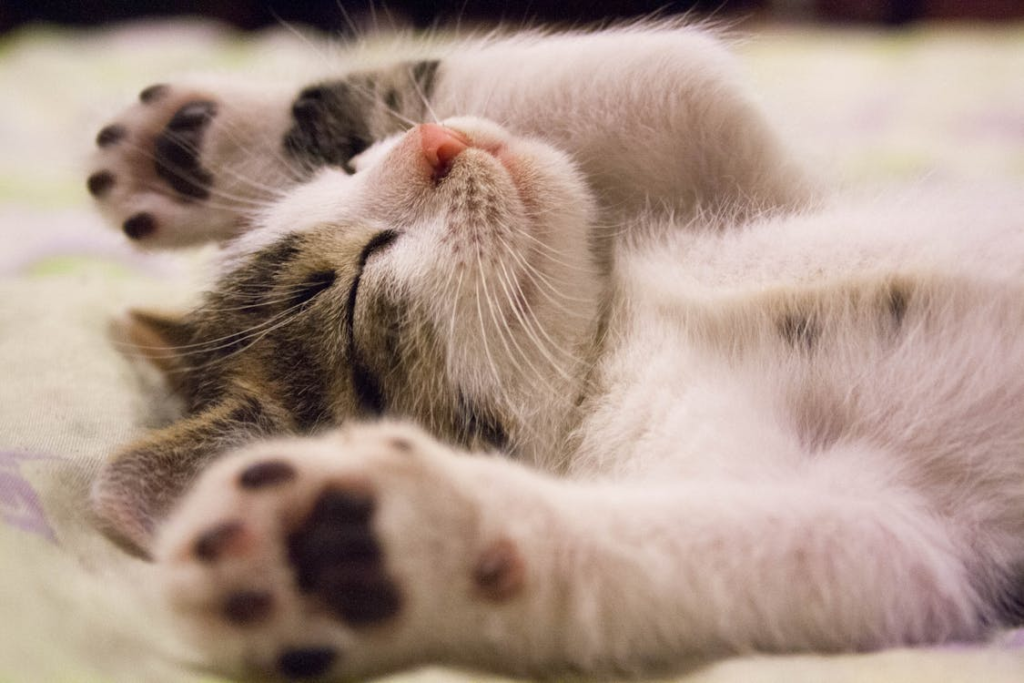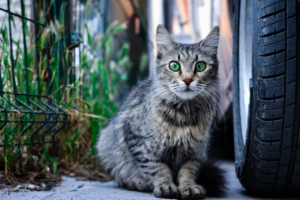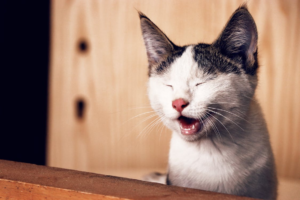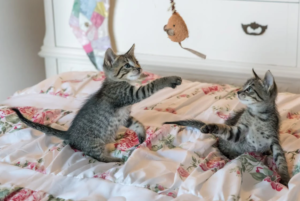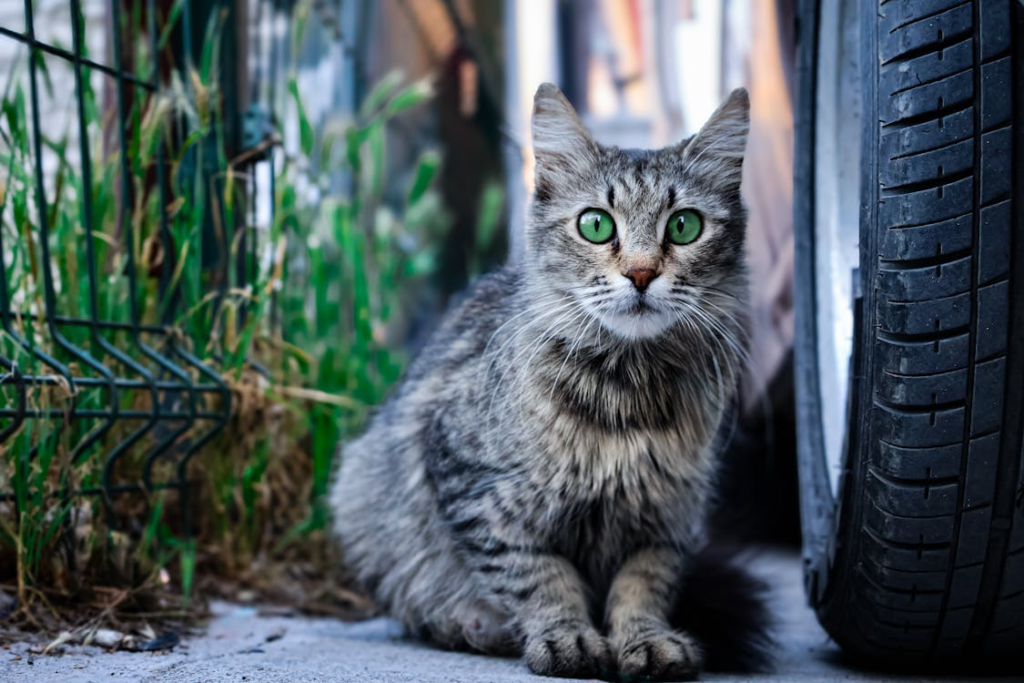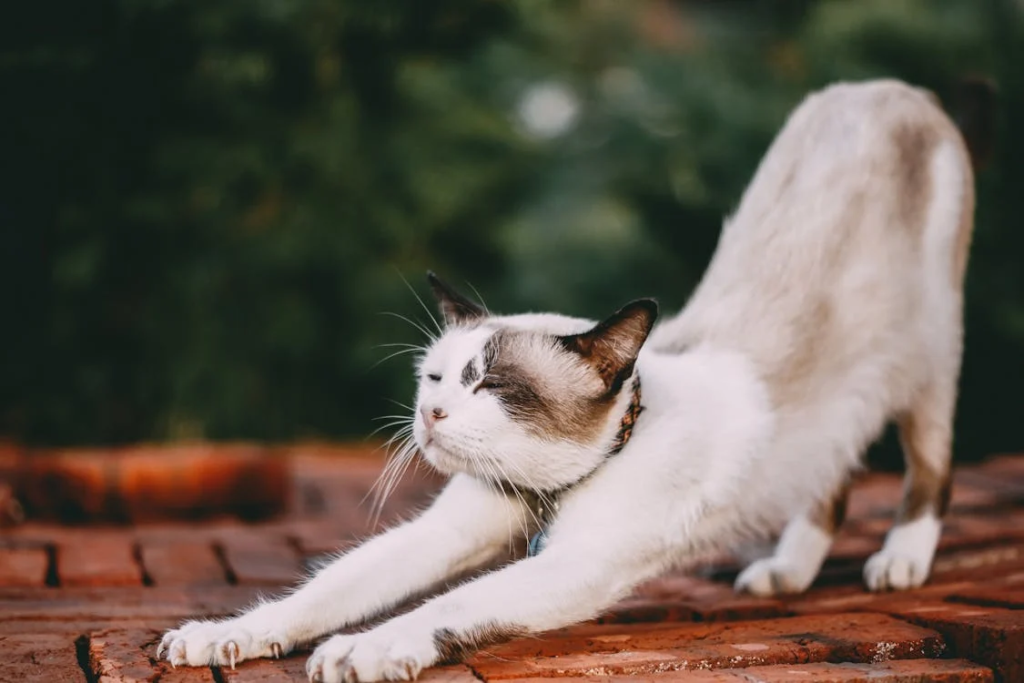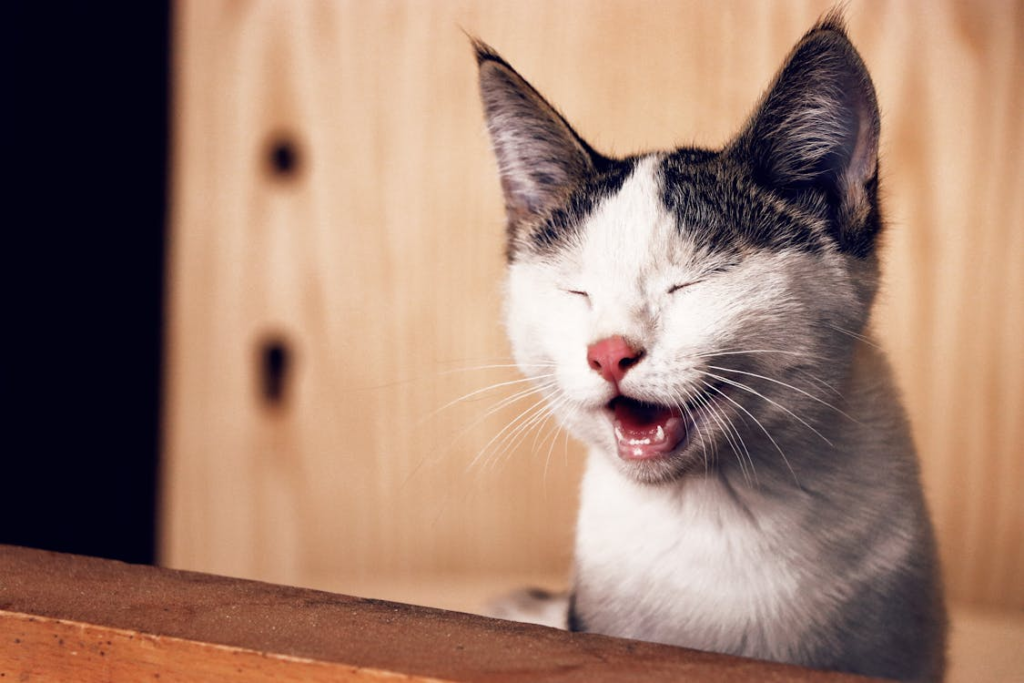Feline Parvovirus: An Overview
Parvovirus in cats, also known as feline panleukopenia or feline distemper, is a highly contagious and potentially life-threatening viral disease that affects cats of all ages. This severe illness is caused by the feline parvovirus (FPV), a close relative of the canine parvovirus. Understanding this disease is crucial for cat owners and veterinary professionals alike, as early detection and proper management can significantly improve the chances of survival for infected felines.
The Impact of Parvovirus on Cats
Parvovirus in cats primarily targets rapidly dividing cells in the body, particularly those in the intestinal tract, bone marrow, and developing fetuses. This aggressive virus can cause severe damage to these tissues, leading to a range of serious symptoms and complications. The disease is especially dangerous for kittens and unvaccinated adult cats, as their immune systems may not be strong enough to combat the virus effectively.
Transmission and Spread
Feline parvovirus is highly contagious and can spread rapidly among cat populations. The virus is transmitted through various routes, including:
- Direct contact with infected cats
- Exposure to contaminated feces, urine, or vomit
- Contact with virus-laden objects such as food bowls, litter boxes, or bedding
- Transmission from mother to kittens during pregnancy
The virus is extremely hardy and can survive in the environment for extended periods, making it challenging to eradicate once an area becomes contaminated.
Recognizing the Symptoms of Parvovirus in Cats
Early detection of parvovirus in cats is crucial for successful treatment. Cat owners should be aware of the following common symptoms:
- Severe vomiting and diarrhea (often bloody)
- Loss of appetite
- Lethargy and weakness
- Fever or low body temperature
- Dehydration
- Abdominal pain or discomfort
- Sudden weight loss
- Unkempt or dull coat
In pregnant cats, parvovirus can lead to miscarriage, stillbirths, or congenital abnormalities in kittens. Kittens infected in utero or shortly after birth may develop cerebellar hypoplasia, a neurological condition affecting balance and coordination.
Diagnosis of Feline Parvovirus
If you suspect your cat may have parvovirus, it’s essential to seek veterinary care immediately. Diagnosis typically involves:
- Physical examination and evaluation of symptoms
- Blood tests to check for low white blood cell count (leukopenia)
- Fecal antigen tests to detect the presence of the virus
- PCR (polymerase chain reaction) tests for more accurate virus detection
Early diagnosis is crucial for initiating prompt treatment and improving the cat’s chances of survival.
Treatment Options for Parvovirus in Cats
There is no specific cure for parvovirus in cats, and treatment focuses on supportive care to manage symptoms and prevent secondary infections. The treatment plan may include:
- Intensive fluid therapy to combat dehydration
- Antiemetics to control vomiting
- Antibiotics to prevent secondary bacterial infections
- Nutritional support, including force-feeding or feeding tubes if necessary
- Blood or plasma transfusions in severe cases
- Pain management
- Close monitoring of vital signs and laboratory values
The prognosis for cats with parvovirus depends on various factors, including the cat’s age, overall health, and the timing of treatment initiation. With prompt and aggressive treatment, many cats can recover from the disease.
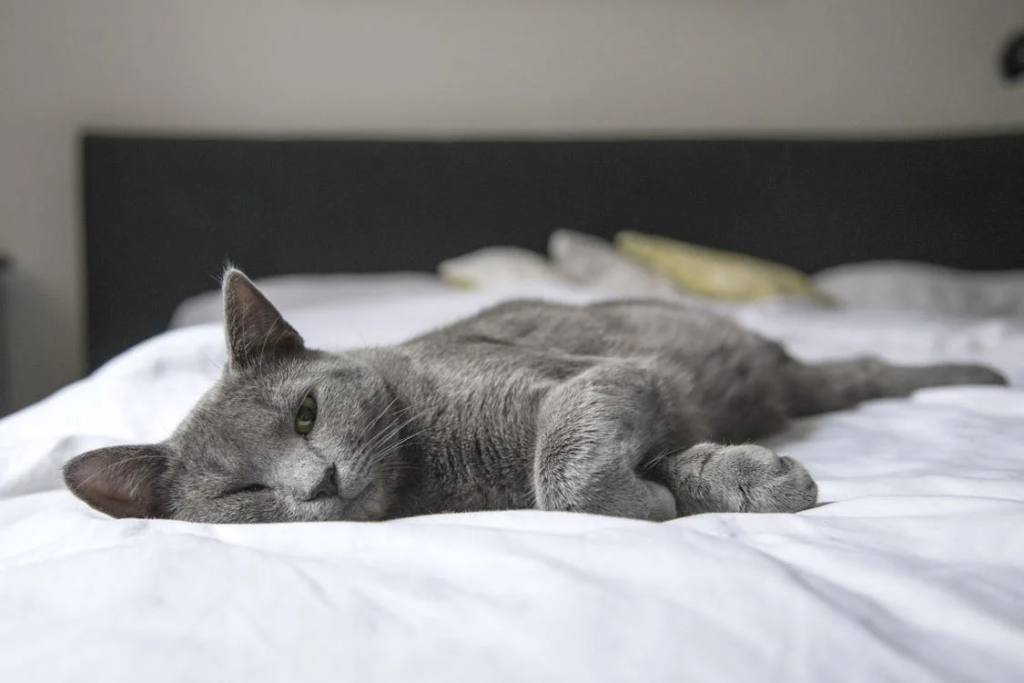
Preventing Parvovirus in Cats
Prevention is key when it comes to parvovirus in cats. The most effective way to protect your feline companion is through vaccination. The American Association of Feline Practitioners (AAFP) recommends the following vaccination schedule:
- Kittens: Initial vaccination at 6-8 weeks of age, followed by boosters every 3-4 weeks until 16-20 weeks of age
- Adult cats: Booster shots every 1-3 years, depending on risk factors and lifestyle
In addition to vaccination, other preventive measures include:
- Maintaining good hygiene practices, such as regular cleaning and disinfection of living areas
- Isolating infected cats to prevent spread to other felines
- Limiting exposure to potentially infected cats or contaminated environments
- Proper disposal of infected materials and thorough cleaning of contaminated areas
The Importance of Environmental Decontamination
Parvovirus can persist in the environment for extended periods, making thorough cleaning and disinfection crucial. To effectively decontaminate an area:
- Use a diluted bleach solution (1:32 ratio of bleach to water) on non-porous surfaces
- Allow the disinfectant to remain in contact with surfaces for at least 10 minutes
- Wash all bedding, toys, and other washable items in hot water with bleach
- Dispose of items that cannot be properly disinfected
Ongoing Research and Future Perspectives
Scientists and veterinary researchers continue to study parvovirus in cats to develop more effective treatments and prevention strategies. Current areas of research include:
- Development of antiviral drugs specifically targeting feline parvovirus
- Improvement of diagnostic tests for faster and more accurate detection
- Investigation of genetic factors that may influence susceptibility to the virus
- Exploration of novel vaccination approaches for enhanced protection
Conclusion
Parvovirus in cats remains a significant threat to feline health worldwide. By understanding the disease, recognizing its symptoms, and implementing proper prevention strategies, cat owners can help protect their beloved pets from this potentially fatal illness. Regular veterinary check-ups, timely vaccinations, and maintaining a clean environment are crucial steps in safeguarding cats against parvovirus. If you suspect your cat may have contracted parvovirus, don’t hesitate to seek immediate veterinary care – early intervention can make all the difference in your cat’s recovery and long-term health.
Additional External Source:
